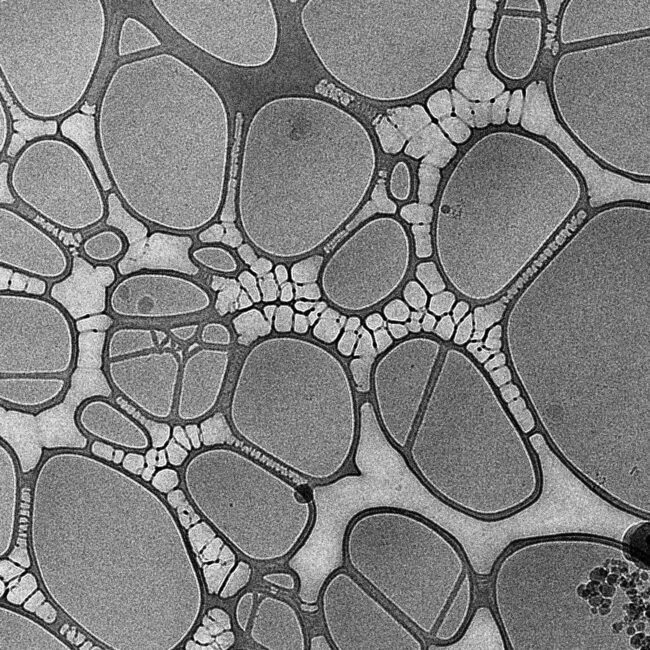Scientific and Clinical research is important to us. Beyond our own growing scientific team we work with scientific advisors and university partners for the discovery of promising new research that can be ultimately translated into data driven consumer products.
Our approach is aimed at reducing as much of the viral load as possible during the early stages of the infection cycle with safe and effective interventions. This gives the immune system a better chance to deal with it effectively and thereby increases the potential of improving patient outcomes.
Indeed there is evidence to suggest that the severity of Coronavirus symptoms experienced is proportional to the viral load seen by the body. Before coming to market our compounds are subjected to rigorous safety and efficacy testing by formulation chemists to ensure full regulatory compliance and manufactured to GMP standards.
























